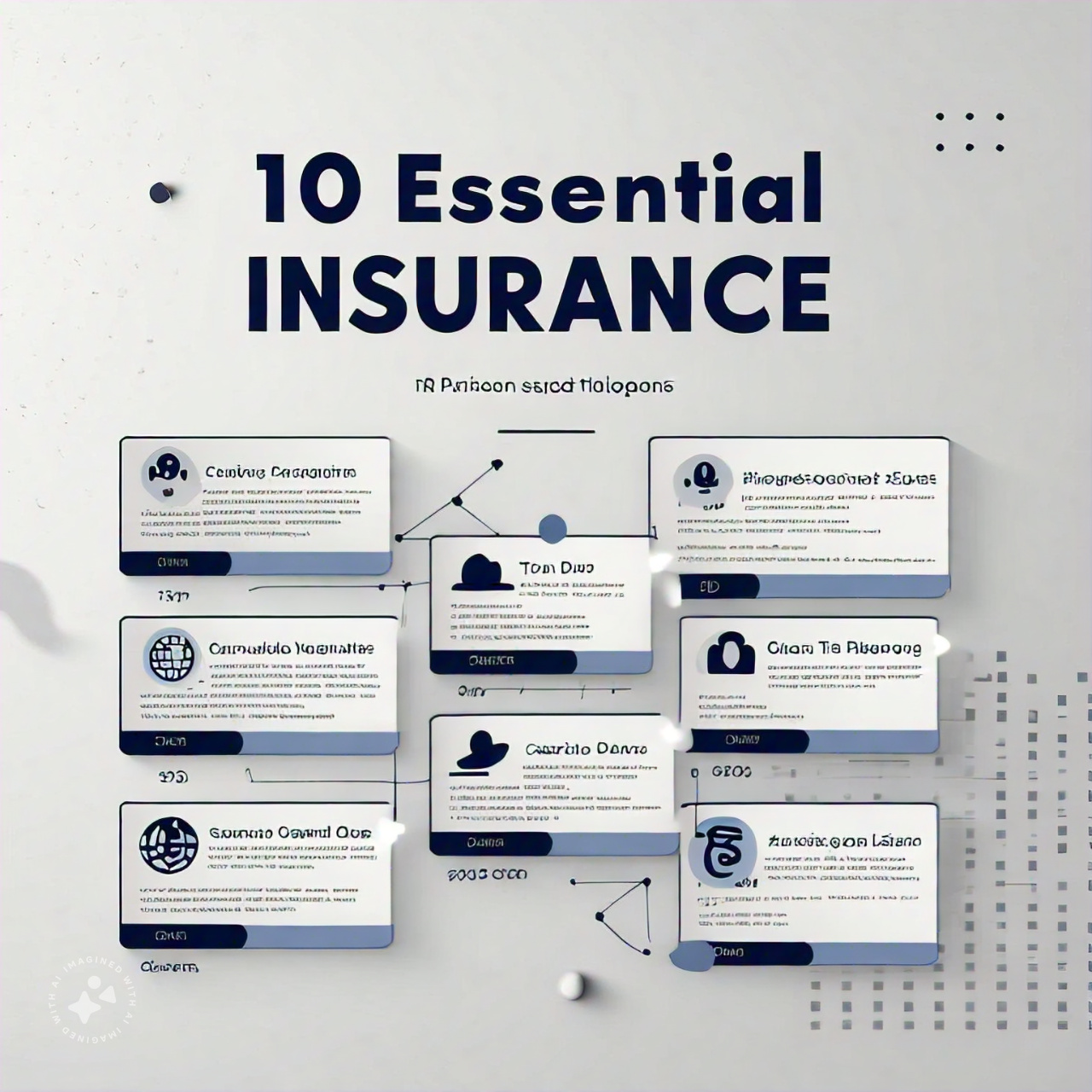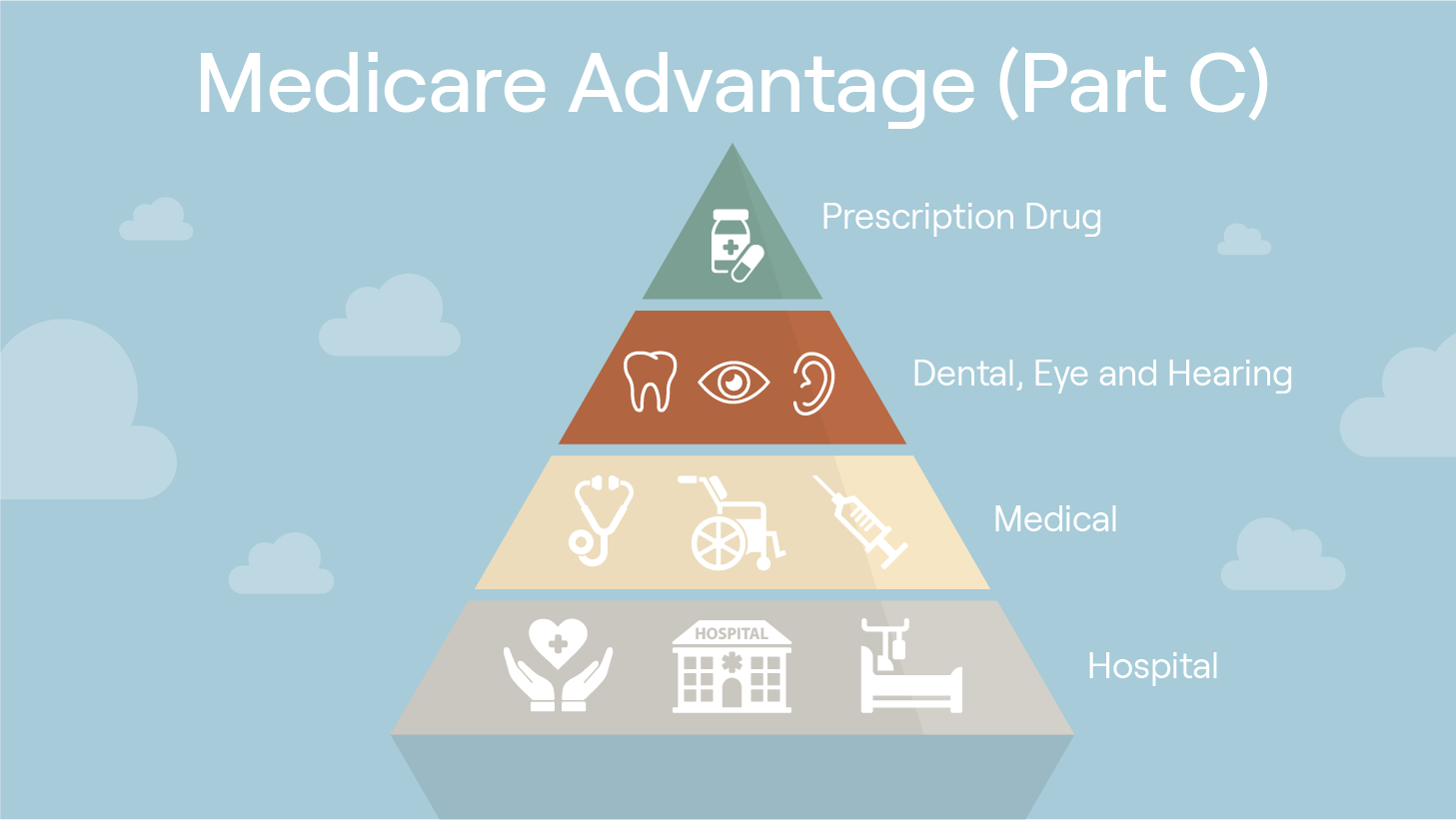How Does Accidental Death Insurance Work?
Introduction
Accidental death insurance, also known as accidental death and dismemberment (AD&D) insurance, is a type of insurance policy that pays a benefit if the insured dies or is dismembered in an accident. This insurance can be a good option for people who want to supplement their life insurance policy or who engage in high-risk activities. In this article, we will discuss how accidental death insurance works.
Coverage
Accidental death insurance typically covers death or dismemberment resulting from a covered accident. A covered accident is usually defined as an event that is sudden, unexpected, and external. Accidents such as car accidents, falls, and drowning are often covered. However, illnesses, natural causes, and suicide are not covered.
Benefit Payment
The benefit payment for accidental death insurance is usually a lump sum payment. The amount of the benefit payment is usually determined by the policyholder at the time the policy is purchased. The benefit payment can be used for any purpose, such as paying off debts, covering funeral expenses, or providing financial support for loved ones.
Premiums
The premiums for AD&D insurance are usually lower than those for traditional life insurance because the coverage is more limited. The cost of the premiums is usually based on the amount of coverage and the insured’s age and health. Some policies may also have exclusions or limitations on coverage, so it is important to review the policy carefully before purchasing.
Limitations
Accidental death insurance may have limitations on coverage, such as a waiting period before coverage begins or a maximum age for coverage. Some policies may also have exclusions for certain high-risk activities, such as skydiving or bungee jumping. It is important to understand the limitations and exclusions of the policy before purchasing.
Conclusion
In conclusion, accidental death insurance can provide additional coverage for those who engage in high-risk activities or want to supplement their life insurance policy. The coverage is usually limited to death or dismemberment resulting from a covered accident, and the benefit payment is usually a lump sum. Premiums are usually lower than those for traditional life insurance, but there may be exclusions or limitations on coverage. It is important to review the policy carefully and understand the coverage before purchasing.
- Understanding Accidental Death Insurance
- What is the Importance of Understanding Dental Insurance Costs
- Understanding the Different Types of Life Insurance Policies
- Understanding Accidental Death and Dismemberment Insurance
- How to Compare and Choose the Right Final Expense Insurance Policy
Benefits of Medicare Advantage for Veterans
Veterans and Medicare Advantage plans represent a crucial intersection of health- care services designed to enhance the medical coverage available…
10 Essential Insurance Tips to Protect Your Future
1. Assess your insurance needs based on income, assets, and dependencies. 2. Understand policy types: life, health, auto, home, and…
ACA 2025 Open Enrollment
The ACA 2025 Open Enrollment Period represents a pivotal opportunity for individuals and families to obtain health insurance coverage under…
Medicare Annual Enrollment Period 2025
The Medicare Annual Enrollment Period (AEP) for 2025 is a critical time for beneficiaries to review and adjust their Medicare coverage, running…
Medicare Advantage and the Nearing Annual Election Period
Medicare Advantage and the Nearing Annual Election Period Introduction Navigating Medicare can feel like trying to read a map written in a…
Understanding Medicare Advantage Plans
Understanding Medicare Advantage Plans Medicare Advantage plans have become a popular alternative for people who want more flexibility and comprehensive coverage…












